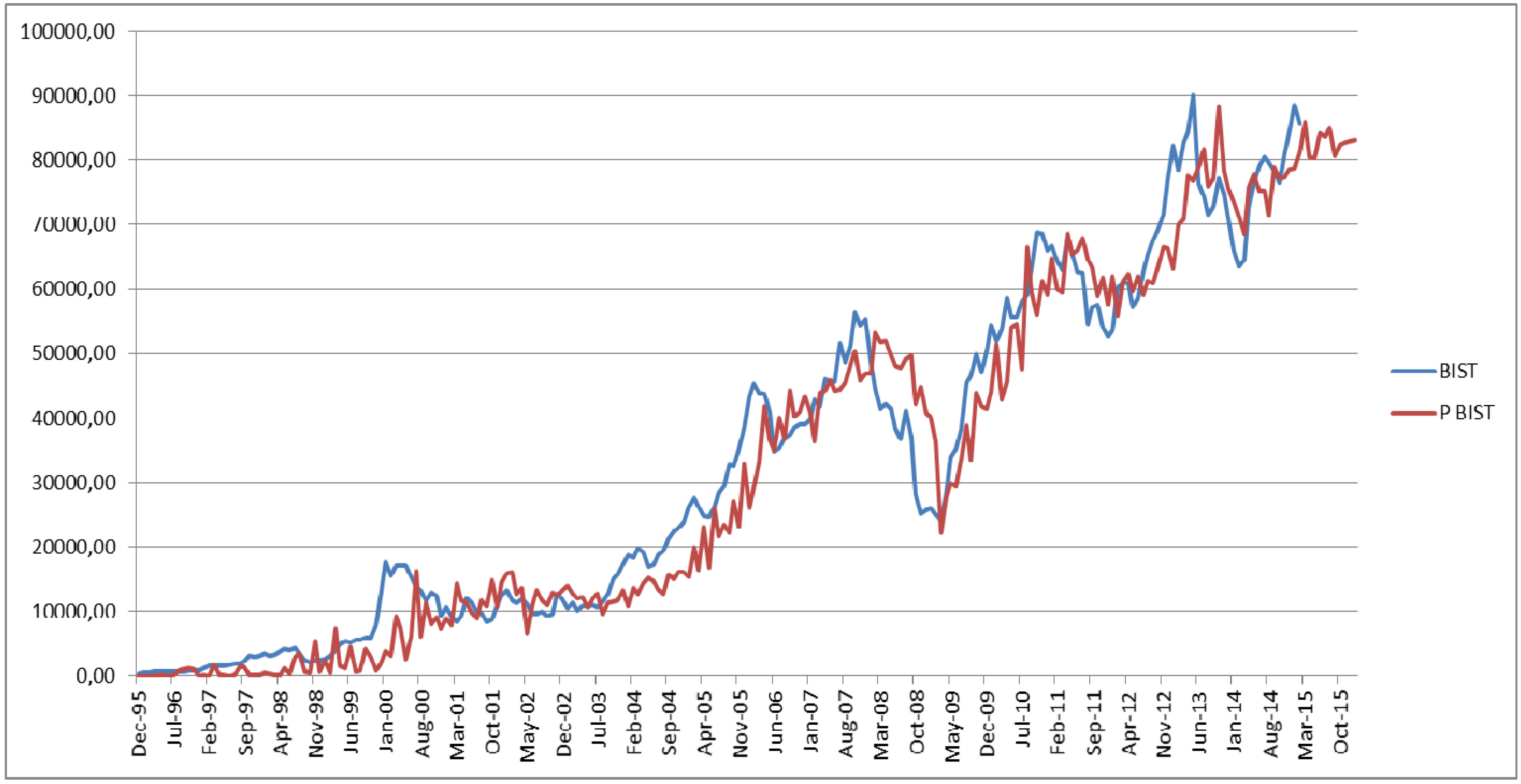U.s. Recession Model At 100% Confirms Downturn Is Already ...
The COVID-19 pandemic will slow development for the next a number of years. There are other long-term patterns that likewise impact the economy. From extreme weather condition to rising healthcare expenses and the federal financial obligation, here's how all of these trends will affect you. In simply a few months, the COVID-19 pandemic decimated the U.S.
In the first quarter of 2020, development declined by 5%. In the 2nd quarter, it plunged by 31. 4%, however then rebounded in the third quarter to 33. 4%. In April, during the height of the pandemic, retail sales plunged Find out more 16. 4% as guvs closed excessive businesses. Furloughed employees sent out the variety of unemployed to 23 million that month.
7 million. The Congressional Spending Plan Workplace (CBO) anticipates a modified U-shaped recovery. The Congressional Budget Workplace (CBO) predicted the third-quarter data would improve, however not adequate to make up for earlier losses. The economy will not go back to its pre-pandemic level until the middle of 2022, the company forecasts. Unfortunately, the CBO was right.
4%, but it still was not sufficient to recuperate the prior decrease in Q2. On Oct. 1, 2020, the U.S. debt went beyond $27 trillion. The COVID-19 pandemic included to the financial obligation with the CARES Act and lower tax profits. The U.S. debt-to-gross domestic item ratio https://s3.us-east-2.amazonaws.com/nextfinancialcrisisprediction1/index.html rose to 127% by the end of Q3that's much greater than the 77% tipping point recommended by the International Monetary Fund.
U.s. Recession Model At 100% Confirms Downturn Is Already ...
Higher rates of interest would increase the interest payments on the financial obligation. That's unlikely as long as the U.S. economy remains in economic downturn. The Federal Reserve will keep interest rates low to spur growth. Disputes over how to decrease the debt might translate into a debt crisis if the financial obligation ceiling requirements to be raised.
Social Security spends for itself, and Medicare partially does, a minimum of for now. As Washington wrestles with the very best way to attend to the financial obligation, uncertainty emerges over tax rates, benefits, and federal programs. Services respond to this unpredictability by hoarding cash, working with momentary instead of full-time workers, and delaying major financial investments.
It might cost the U.S. federal government as much as $112 billion per year, according to a report by the U.S. Federal Government Responsibility Workplace (GAO). The Federal Reserve has cautioned that environment modification threatens the monetary system. Extreme weather is requiring farms, utilities, and other business to state personal bankruptcy. As those customers go under, it will harm banks' balance sheets simply like subprime mortgages did throughout the monetary crisis.
 U.S. Recession Model at 100% Confirms ...bloomberg.com
U.S. Recession Model at 100% Confirms ...bloomberg.com
Munich Re, the world's biggest reinsurance company, cautioned that insurance companies will have to raise premiums to cover higher expenses from extreme weather. That could make insurance coverage too pricey for most people. Over the next few decades, temperature levels are anticipated to increase by in between 2 and 4 degrees Fahrenheit. Warmer summers mean more destructive wildfires.
U.s. Recession Model At 100% Confirms Downturn Is Already ...
Greater temperature levels have actually even pushed the dry western Plains region 140 miles eastward. As a result, farmers used to growing corn will need to change to hardier wheat. A shorter winter implies that many insects, such as the pine bark beetle, don't pass away off in the winter. The U.S. Forest Service approximates that 100,000 beetle-infested trees might fall daily over the next 10 years.
Dry spells exterminate crops and raise beef, nut, and fruit prices. Millions of asthma and allergic reaction patients need to spend for increased healthcare costs. Longer summers extend the allergic reaction season. In some locations, the pollen season is now 25 days longer than in 1995. Pollen counts are projected to more than double in between 2000 and 2040.